If you’ve ever dangled a string, crumpled a paper ball, or wielded a feather wand, you know the pure joy of playing with your cat. Their eyes dilate, their bodies wiggle with anticipation, and they unleash acrobatic leaps that would make an Olympian jealous. In the modern arsenal of cat toys, few things trigger this instant “prey mode” quite like the laser pointer. That tiny, skittering red dot can turn the most dignified feline into a frenzied puddle of pursuit.
But a question nags at many conscientious pet owners: Is this incredibly effective toy actually good for our cats? Or are we, with the best of intentions, setting them up for frustration? As a cat behavior expert, I’m here to guide you through the great laser debate. The answer, like most things with our wonderfully complex companions, isn’t a simple yes or no.
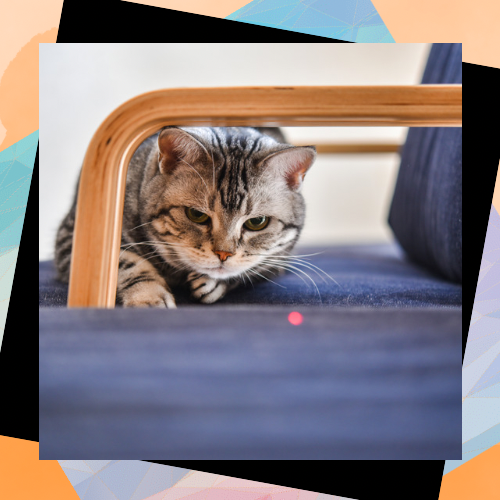
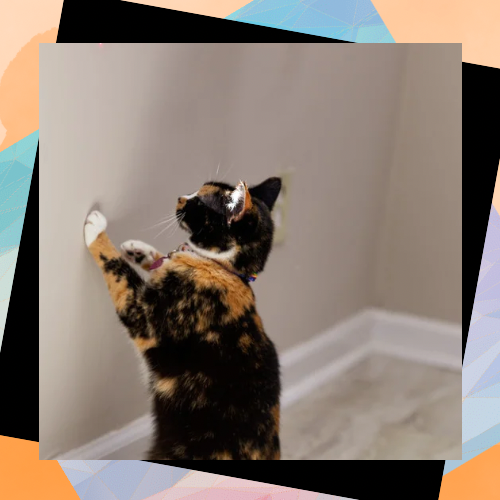
The Allure of the Red Dot: Why Cats Can’t Resist
To understand the laser’s effect, we first need to appreciate the magnificent predator living in your living room. Domestic cats, from the tiniest Munchkin to the largest Maine Coon, share nearly identical hardwiring to their big cat cousins. They are obligate carnivores, designed by evolution to hunt.
The laser dot taps directly into this deep-seated prey drive. It mimics the erratic, unpredictable movements of a bug or a small rodent—quick, sudden darts and direction changes that trigger a cat’s instinct to chase. Their incredible vision, specifically designed to detect the slightest motion, is perfectly suited to tracking that bright dot against a carpet or wall.
A Fun Fact: Cats have a wider field of peripheral vision than humans (about 200 degrees compared to our 180), allowing them to spot that “prey” moving at the edges of their sight. However, their close-up vision isn’t as sharp, which is part of the reason they sometimes seem to “lose” the dot right in front of them—it’s too close for their eyes to focus!
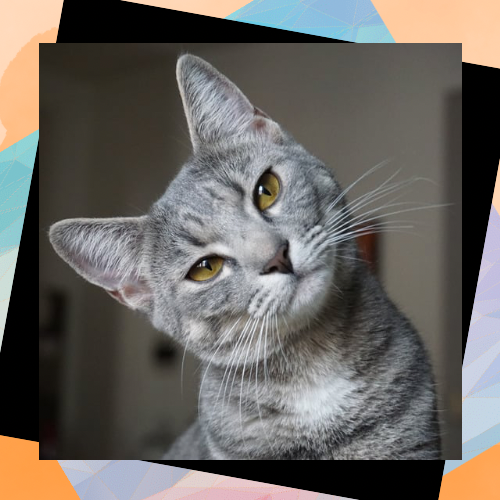
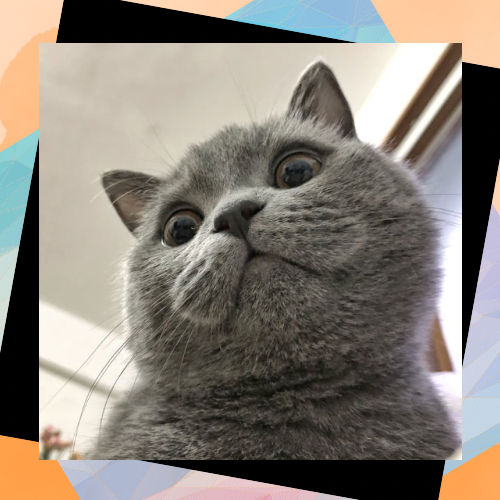
The Potential Pitfalls: Where the Laser Shines a Harsh Light
This is where the controversy ignites. The very thing that makes the laser so effective—its elusiveness—is also its greatest drawback. The core issue is this: Cats are hardwired for a complete “predatory sequence”.
This sequence is a crucial chain of behaviors:
1. Spot the prey.
2. Stalk it silently.
3. Chase it down.
4. Pounce with precision.
5. Capture and bite the prize.
This final step, the capture and the satisfying bite, is the critical culmination of the hunt. It provides a deep psychological reward and a sense of completion. It tells the cat’s brain, “Mission accomplished. You have successfully hunted and eaten.”
A laser pointer provides steps 1-4 brilliantly but fails catastrophically at step 5. No matter how fast or clever your cat is, they can never catch the dot. Their paws swipe through empty air, their teeth click on nothingness. After a intense burst of energy and focus, they are left with… nothing.
This repeated failure to achieve a successful conclusion can lead to:
Frustration and Stress: Imagine running a race where the finish line constantly moves and you never get to cross it. That’s the feline laser experience. This can build anxiety and even lead to redirected aggression or behavioral issues.
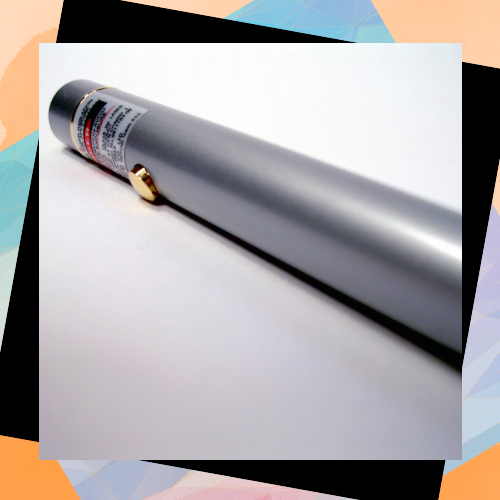

Obsessive Behaviors: Some cats may become so fixated on the dot that they start stalking shadows, light reflections, or even just staring at the wall where the dot last appeared, long after the game is over. This isn’t a sign of a “good hunter”; it’s a sign of a frustrated one.
A Damaged Bond: Play should be a positive, bonding experience between you and your cat. If play consistently ends in failure, your cat may start to associate you with that feeling of frustration.
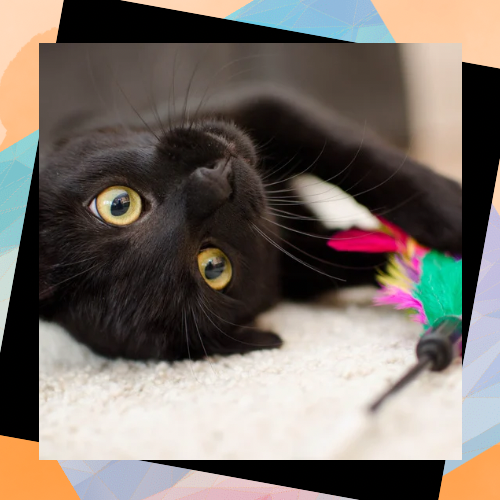
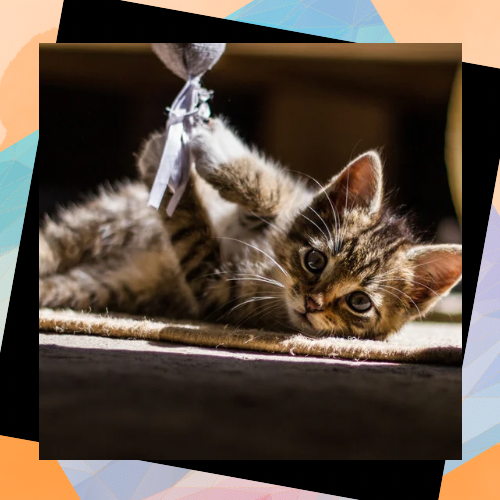
Piece of Trivia: The phenomenon of never being able to catch the laser dot is sometimes referred to as “prey frustration” or “shadow chasing.” It’s a recognized behavioral concern that veterinarians and animal behaviorists caution against.
The Pawsitive Approach: How to Play with a Laser Responsibly
Does this mean you should immediately throw your laser pointer in the trash? Not necessarily! Used incorrectly, it’s frustrating. Used correctly, it can be a fantastic tool for exercise and enrichment. The key is to turn the laser into a tool that facilitates the complete predatory sequence.
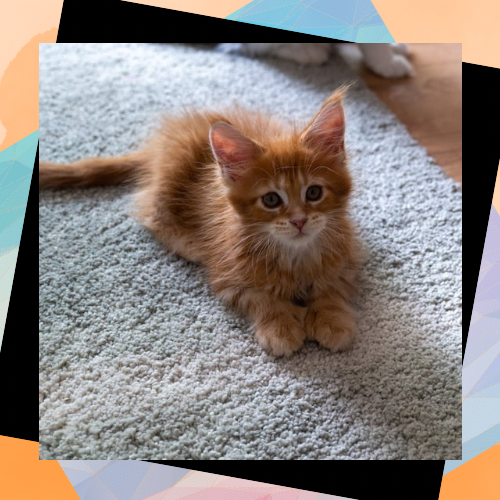
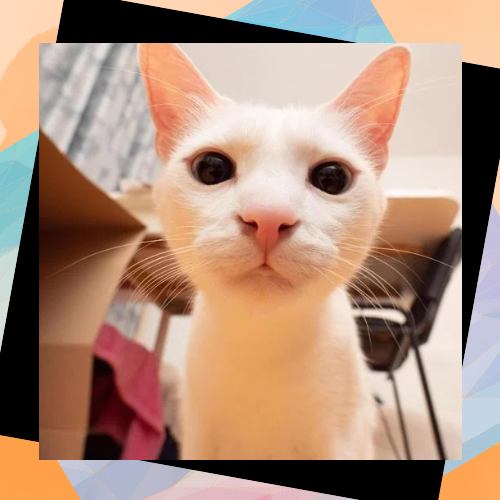
Here’s how to be a responsible laser-wielder:
Never Shine the Laser Directly in Your Cat’s Eyes. This is rule number one, two, and three. The concentrated beam can cause permanent retinal damage to both humans and animals. Always point it at the floor, away from their face.
Make it “Catchable.” This is the golden rule. The laser game should never just end with the dot disappearing. After a few minutes of vigorous chasing, let the dot “land” on a tangible, physical toy.
* Let it “hide” behind a cat tunnel or a scratching post.
* The moment the dot lands on the physical toy, let your cat pounce on that. This allows them to finally “capture” their prey. Immediately praise them and let them bite and bunny-kick the real toy.Follow it with a Reward.
* After the final “capture,” give your cat a high-value treat or a portion of their meal. This brilliantly completes the cycle: Hunt -> Catch -> Kill -> Eat. It satisfies their instinct on every level.
Keep Sessions Short and Sweet. Five to ten minutes of intense laser chasing is plenty. It’s better to have a short, positive game that ends successfully than a long, frustrating one.
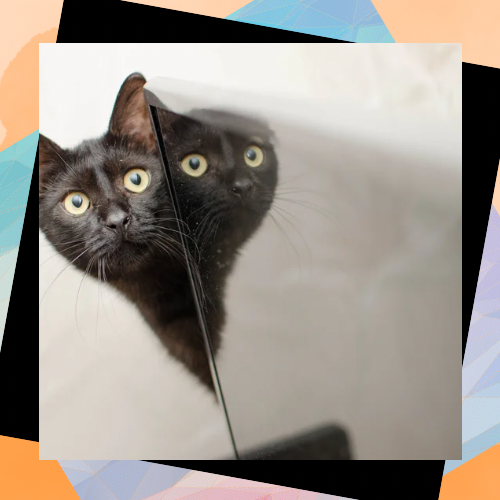
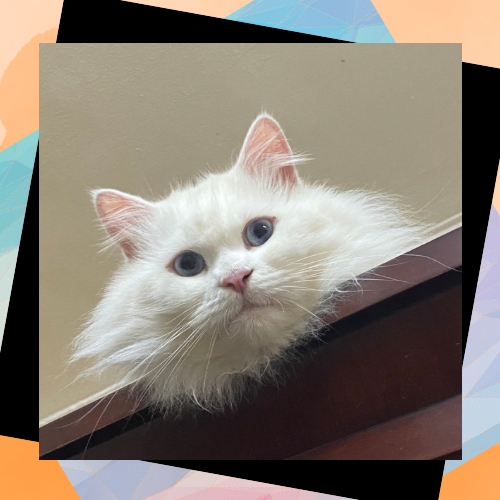
Don’t Make it the Main Event. The laser should be a occasional treat in a diverse toy box. Rely on toys that allow for full capture, like:
* Feather wands: The ultimate classic for a reason!
* Motorized mice: They provide unpredictable movement *and* a physical object to catch.
* Puzzle feeders: These engage your cat’s brain and simulate the “work” of hunting for food.
The Verdict: Tool or Trouble?
So, is using a laser pointer good or bad?
It’s a bad toy if used in isolation—as an endless, uncatchable tease that leaves your cat amped up and empty-pawed.
It’s a good tool if used intelligently—as a way to initiate a vigorous chase that always, always culminates in the successful capture of a physical toy or a tasty reward.
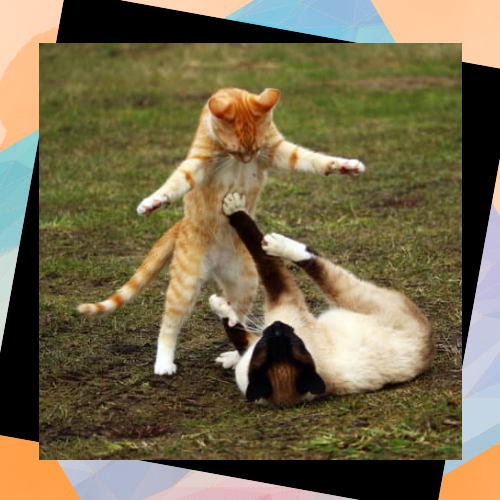
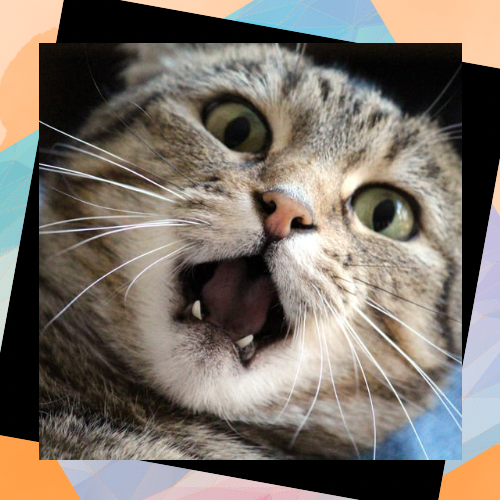
Our cats gift us with their incredible wild spirits, contained in soft, purring bodies. They have the heart of a lion and the soul of a hunter. It’s our responsibility as their loving guardians to honor that nature by providing play that doesn’t just tease their instincts, but truly satisfies them. So go ahead, use that laser—but make sure the hunt always ends with a happy, fulfilled cat.
References & Further Reading:
- The Inner Life of Cats: The Science and Secrets of Our Mysterious Feline Companions. https://cdn.bookey.app/files/pdf/book/en/the-inner-life-of-cats.pdf
- Laser pointers: More frustration than fun. American Kennel Club. https://www.akc.org/expert-advice/lifestyle/laser-pointers-more-frustration-than-fun/
- Cat Sense: How the New Feline Science Can Make You a Better Friend to Your Pet. https://cdn.bookey.app/files/pdf/book/en/cat-sense.pdf
- Are laser pointers bad for cats? PetMD. https://www.petmd.com/cat/general-health/are-laser-pointers-bad-cats
- Laser pointers for use in companion cat play. National Library of Medicine. https://pmc.ncbi.nlm.nih.gov/articles/PMC8388446/
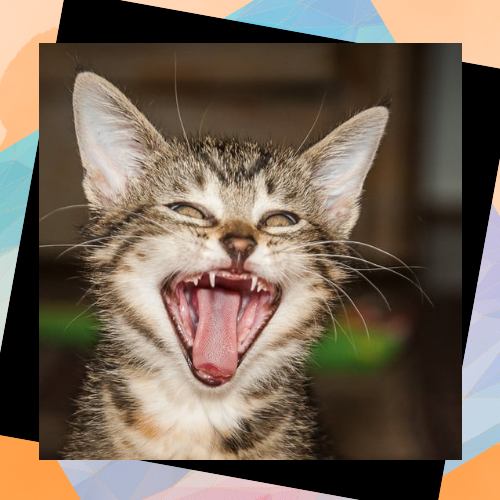


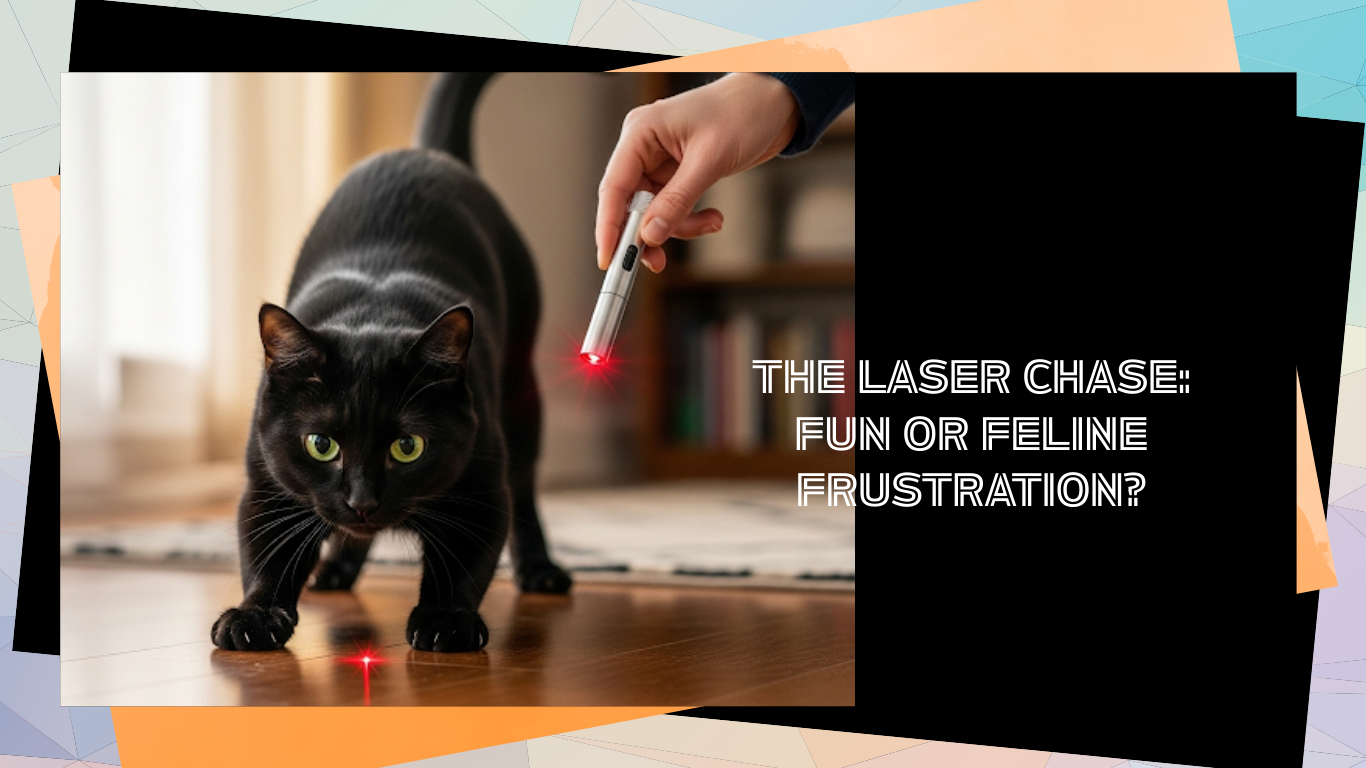


Your blog is a constant source of inspiration for me. Your passion for your subject matter shines through in every post, and it’s clear that you genuinely care about making a positive impact on your readers.